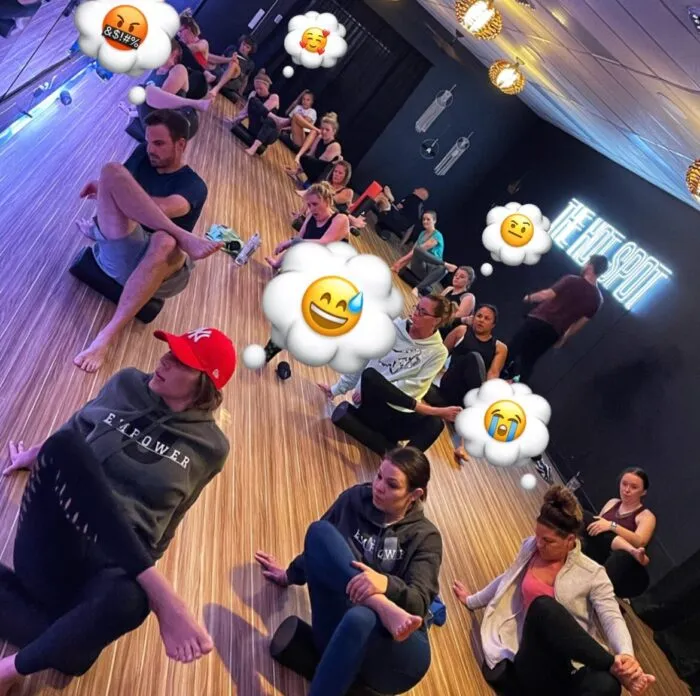If you have followed us long enough, you know by now that we love educating people and giving them the tools to be autonomous in their health journey and pain-free. When it comes to Self Myofascial Release techniques, whether it be at a Pain Management & Functional Movement course or in a treatment session, we aim to give you every tool in your toolbox we can.
- What is Myofascial Release? Foam rolling or soft tissue work, deep pressure applied to muscle belly in order to “confuse” the brain into turning down muscular tension to the desired area
- What does the research show? Research has shown significant short-term effects found in increased joint ROM, reducing Delayed Onset Muscle Soreness, while also improving overall muscular performance
- How do I know it works for me? Test then Retest. If you have pain in your quad at the bottom of a squat, foam roll the quads and retest the squat. Did it make a change in pain? Depth? Mobility?
There are three basics to know when doing Self Myofascial Release: Time, Tempo, and Tool Utilized
- Time – Research shows when trying to reduce pain or improve ROM you need to spend 2 minutes or greater on a specific soft tissue structure to make effective change. If you are trying to improve performance or “wake up” a muscle before a workout you would roll for 30 seconds or less.
- Tempo – SLOW DOWN. When rolling a body part you want to start with slow tempo scanning movements to find where there may be a myofascial trigger point or tender spot. Then maintain pressure on the tender spot and focus on slow controlled breathing, allowing your body to become accustomed to the painful stimulus.
- Tool Utilized – Using the proper tool for the size of the body part is key. Larger muscle groups such as the quads, using a firm foam roller is typically ideal. With smaller muscles like the piriformis muscle in the hip, a lacrosse ball makes more sense


